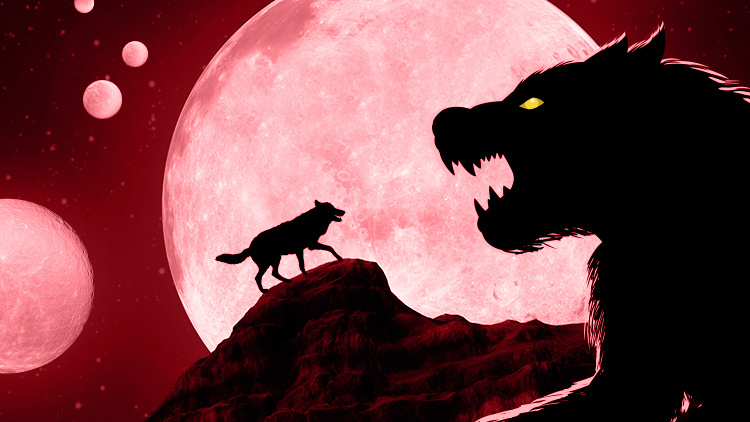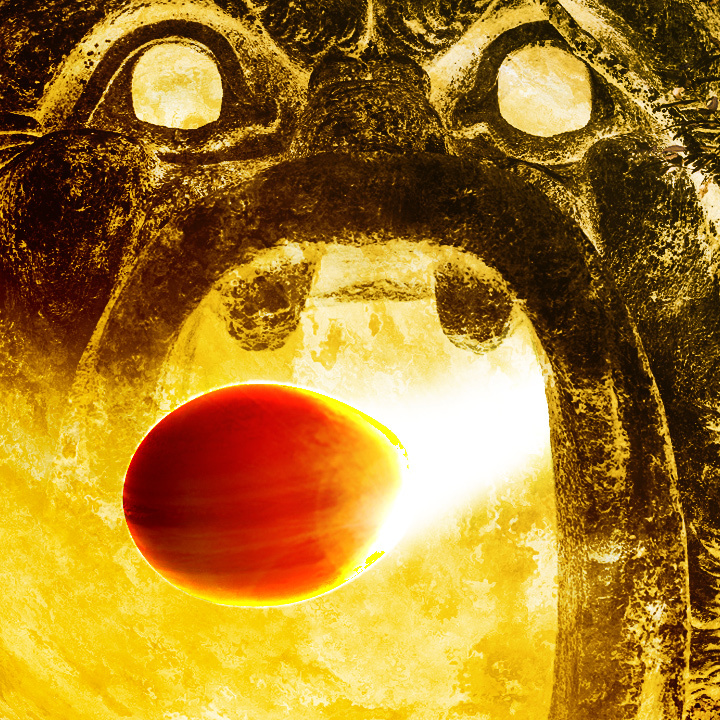Tour a 'Universe of Monsters' & 'Galaxy of Horrors' with NASA This Halloween!

The scientists over at NASA's Exoplanet Exploration Program (ExEP) must really love Halloween.
Today (Oct. 31), the ExEP website has two fantastically frightening interactive features to celebrate the holiday. The first, titled "Universe of Monsters," highlights real-world alien planets that might make ideal homes for mummies, zombies, werewolves and other monsters. The second, "Galaxy of Horrors," lists the most terrifying exoplanets in the universe.
Werewolves might do well to take up residence on the alien planet known as TRAPPIST-1b, according to the ExEP website. TRAPPIST-1b is part of the TRAPPIST-1 system, where seven exoplanets orbit their parent star closer than Mercury orbits the sun. An observer on the surface of TRAPPIST-1b would see as many as six of those planets in the night sky, large enough to look as though there were at least one full "moon" on the rise, according to a blog post on the ExEP website.
And if you happen to visit alien planet TrEs-2b, watch out for vampires — this alien world is the darkest planet ever discovered orbiting a star, even though the air on the planet is the temperature of lava, according to NASA. The planet might emit a faint, deep-red glow that would provide just enough illumination for a population of blood-sucking night-dwellers.

Visitors to the ExEP site can tour these alien planets and the star systems they reside in using an interactive space-simulation feature. Visitors can also see how the alien systems compare to Earth's solar system.
NASA is getting into the Halloween spirit in many other ways. Today the agency released a playlist of the spooky sounds of the universe, and the astronauts on the International Space Station got into costume.
Follow Calla Cofield @callacofield. Follow us @Spacedotcom, Facebook and Google+. Original article on Space.com.
Get the Space.com Newsletter
Breaking space news, the latest updates on rocket launches, skywatching events and more!
Join our Space Forums to keep talking space on the latest missions, night sky and more! And if you have a news tip, correction or comment, let us know at: community@space.com.

Calla Cofield joined Space.com's crew in October 2014. She enjoys writing about black holes, exploding stars, ripples in space-time, science in comic books, and all the mysteries of the cosmos. Prior to joining Space.com Calla worked as a freelance writer, with her work appearing in APS News, Symmetry magazine, Scientific American, Nature News, Physics World, and others. From 2010 to 2014 she was a producer for The Physics Central Podcast. Previously, Calla worked at the American Museum of Natural History in New York City (hands down the best office building ever) and SLAC National Accelerator Laboratory in California. Calla studied physics at the University of Massachusetts, Amherst and is originally from Sandy, Utah. In 2018, Calla left Space.com to join NASA's Jet Propulsion Laboratory media team where she oversees astronomy, physics, exoplanets and the Cold Atom Lab mission. She has been underground at three of the largest particle accelerators in the world and would really like to know what the heck dark matter is. Contact Calla via: E-Mail – Twitter









